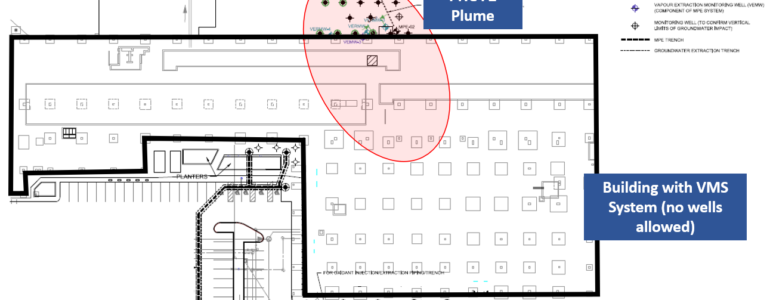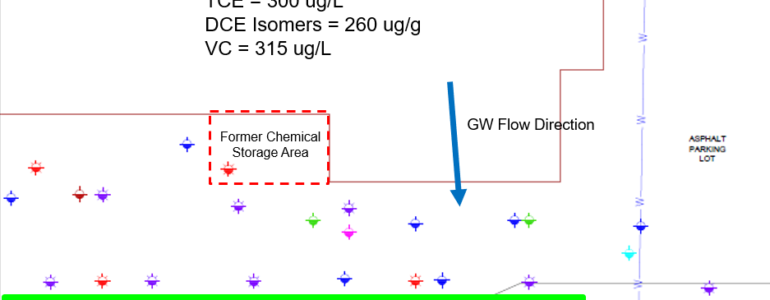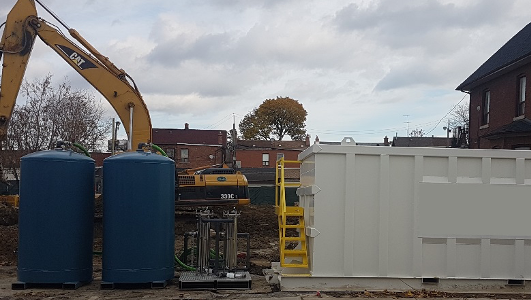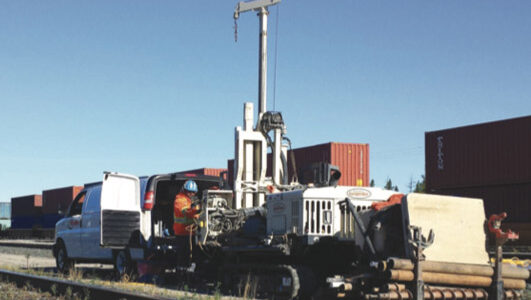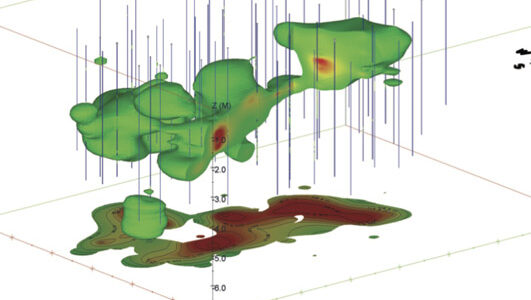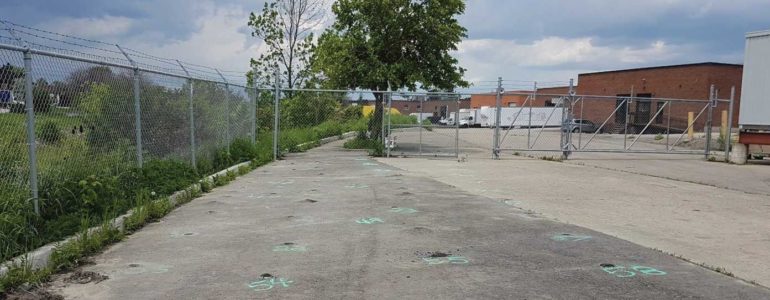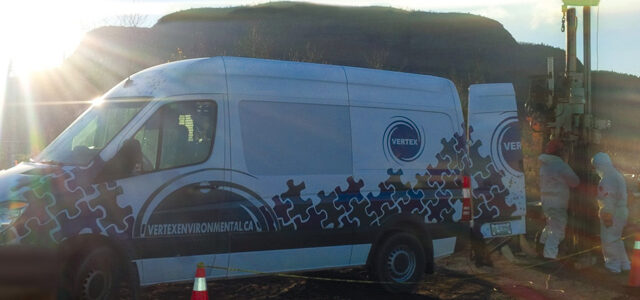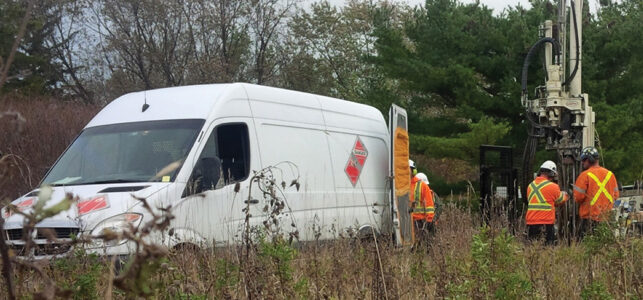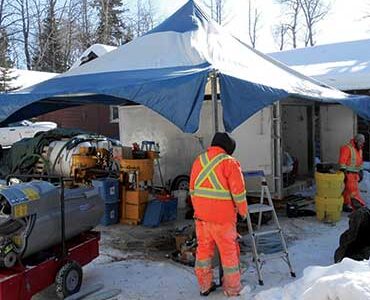In the environmental industry the Permeable Reactive Barrier, or PRB, is a well known technology/strategy when dealing property boundary management and off-Site liability risk for mobile groundwater impacts. In fact, Vertex has already written about these technologies a few times
Case Study: P&T Enhanced ISCO – A Multi-Technology Approach for a Challenging Site
The following case study is a good example of how a Pump & Treat system was used to enhance the natural hydraulic gradients at a site to effectively pull chemical oxidants across an otherwise inaccessible area and facilitate the destruction
Bedrock Remediation Case Study – Where There’s a Will There’s a Way
The site was formerly operated as a steel manufacturing facility that included historic degreasing operations and chemical storage. Environmental investigations identified the presence of chlorinated solvents, including trichloroethylene (TCE), dichloroethylene (DCE) isomers, and vinyl chloride (VC), in groundwater located in
Dewatering for Soil Remediation and Condo Construction
Vertex was contracted to design, supply and operate a filtration system to treat petroleum hydrocarbon (PHC) impacted groundwater. The project objective was to lower the static water table to facilitate the excavation of PHC-impacted soils, followed by construction of a
Multi-Area Site LNAPL Plume Delineated
An active rail yard located in Edmonton, Alberta had been operating for years (and continues) prior to an intrusive environmental investigation being completed. After multiple rounds of traditional site investigations, significant data gaps remained in the vertical and horizontal delineation
Historical LNAPL Plume Delineated
An old rail storage yard located in Bonnyville, Alberta was operating for years prior to a laser induced fluorescence (LIF) investigation being completed. After traditional site investigations, light non-aqueous phase liquid (LNAPL) was discovered in in several monitoring wells. After
In-Situ Trap & Treat® Injection Satisfies Ministry Standards
Location: Industrial in Greater Toronto Area Contaminant: Chlorinated ethenes and ethanes Concentration: Dissolved phase groundwater impacts (up to 1,000 ug/L) Formation Type: 3.0 m thick layer of saturated silty sands, above limestone bedrock Historic industrial activities resulted in two separate
Unknown TCE Plume Delineated
An historic depot located in Northern Ontario was used for transferring chemicals from bulk storage to trucks for distribution. An extensive monitoring well installation and vapour probe survey was completed. Downgradient groundwater monitoring wells with significant concentrations of chlorinated solvents
Unknown LNAPL Plume Delineated
An historic landfill located in Southern Ontario was used for disposing of everything from household waste to industrial waste chemicals from bulk storage facilities. An extensive monitoring well installation and barrier wall was completed in previous years at the Site.
Cold Weather Injections at Remote Site
A historical leaking UST resulted in contamination to soil and groundwater inside a remote National Park. A Risk Assessment identified concerns over benzene concentrations for a planned building expansion. Excavation was ruled out due to the depth of the impacts


